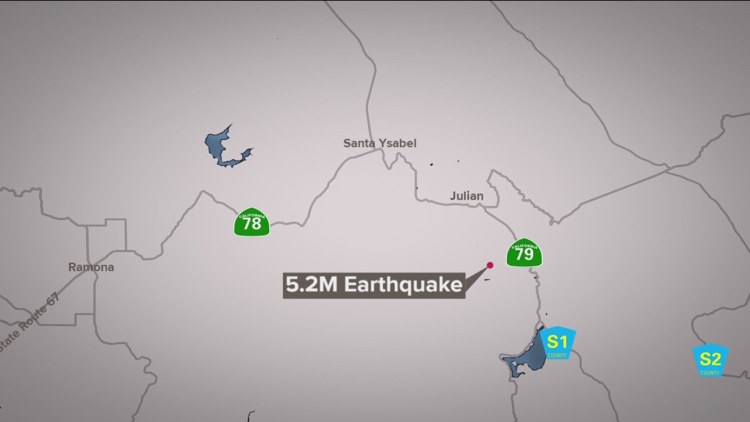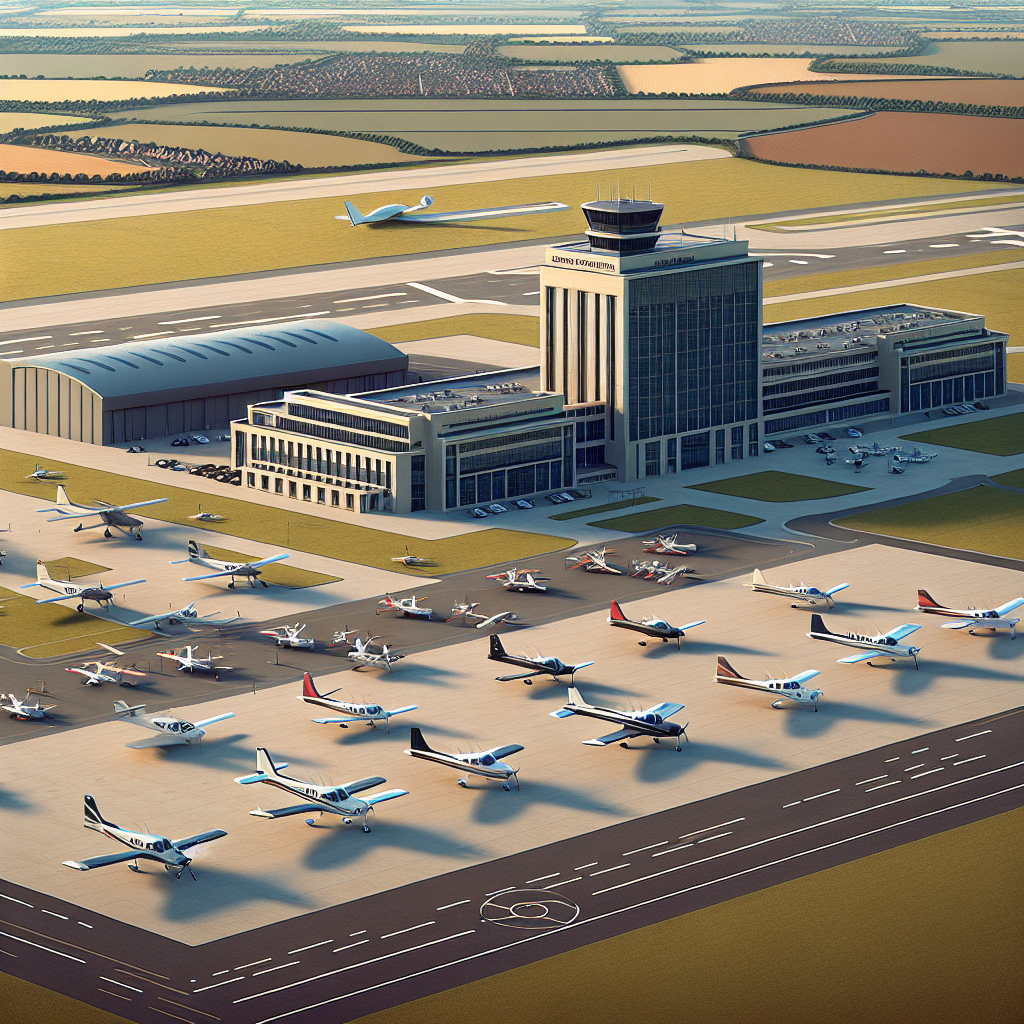SAN DIEGO COUNTY, Calif. — People across San Diego County reported feeling a powerful earthquake Monday morning. The U.
S. Geological Survey initially reported a 5.1 magnitude earthquake south of Julian at 10:08 a.

m. on Monday. USGS later updated it to a 5.
2 magnitude earthquake. A series of aftershocks quickly hit in the same general area, most with magnitude readings of less than 3.0.
USGS said one near Borrego Springs registered as 3.5. According to the USGS, the earthquake was felt as far away as Orange County and in West Los Angeles.
As of 10:55 a.m. Monday, the San Diego Fire Department told CBS 8 it had not received any reports of damage or injuries from the earthquake.
The National Weather Service issued a statement saying there was no threat of a tsunami. Following the earthquake, Metrolink canceled service on Orange County Line train 608 between San Clemente and Oceanside, allowing crews to conduct precautionary track inspections. In a post on X , the San Diego Metropolitan Transit System said trolleys will operate at restricted speeds out of precaution.
Riders can expect some delays, but MTS said all trolley service is still operating as normal. The governor's office issued a statement saying Gov. Gavin Newsom had been briefed on the incident.
The California Governor's Office of Emergency Services said the agency was working with local agencies to assess any possible damage. Mayor Gloria posted on X , urging residents to report damage through the Get it Done app; "San Diego experienced a strong earthquake centered near Julian. There’s no known visible or major damage to the city so far and I’m in communication with local, state, and federal officials.
Please report any damage in your communities through Get It Done." A post shared by CBS 8 San Diego (@cbs8) How can the average person protect themselves from such a strong earthquake? The City of San Diego has published a list detailing what you can do before, during and after an earthquake. Before: Identify safe spots in your home and eliminate hazards like unsecured items on walls.
Prepare a disaster kit containing emergency water, food and supplies. Make sure everyone knows who to contact and where to go if you get separated. During: If you are indoors, drop to the ground, cover your head and neck and hold on to the leg of a table or desk so it won't slide away from you.
If you are outside, stay away from buildings, trees, streetlights and power lines. If you are in a vehicle, park away from those same objects and avoid bridges. After: Check your home for damages and stop any fires or gas leaks that may have occurred.
Wear long pants, long-sleeved shirts, sturdy shoes and work gloves to protect yourself from dangerous debris. Be prepared for aftershocks. If a 6.
9 magnitude quake happened along the Rose Canyon Fault, which mirrors the path the I-5 freeway takes from La Jolla to Downtown, it could cause an estimated $38 billion of damage with up to 800 deaths. This exact scenario was analyzed in a 2020 report by the Earthquake Engineering Research Institute. Such an earthquake would be tied for the 13th-strongest to ever hit California.
The state's other 6.9M earthquake hit the Bay Area in 1989, causing up to $10 billion in damages, injuring 3,753 people and killing 63. In fact, one 2015 study from the Southern California Earthquake Center said there is a 75% chance of a 7 magnitude earthquake hitting Southern California by 2045.
"We cannot predict earthquakes," said Dr. Pat Abbott, professor of geology emeritus at San Diego State University. "But geologically we are overdue for what we estimate to be a 7.
8 magnitude on the Salton Sea." However, if such a devastating quake were to hit the region, the damage would still be significantly less than what has just happened in Turkey. Back-to-back earthquakes — one a 7.
8 magnitude and the other a 7.5 magnitude — have killed at least 11,000 people. "California is not going to receive that same level of destruction," Dr.
Abbott said. "I'm not saying we're going to experience destruction..
. but widespread collapse of buildings, no." RELATED: Why a disaster kit will help you survive the next big one | Earthquake Ready or Not RELATED: Northridge earthquake 30 years later | What's changed? WATCH THROWBACK: Northridge earthquake aerial views of damage in 1994.
Environment

Did you feel it? Earthquake recorded near Julian in San Diego County

A magnitude 5.2 earthquake was recorded about 2.5 miles south of Julian Monday morning, according to USGS.















